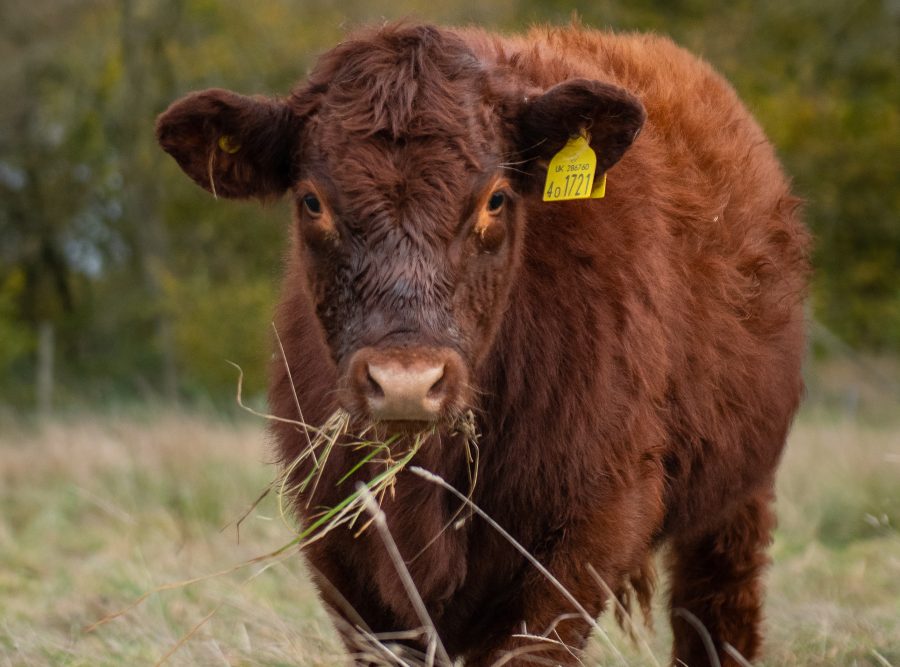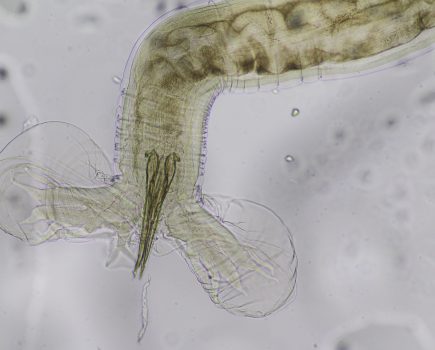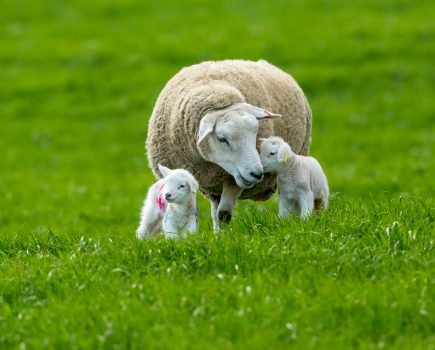Farmers looking to reap the cost saving benefits of extending their grazing season, or even outwintering cattle this year, are being encouraged to start grazing planning now.
Supported by McDonald’s UK & Ireland, FAI Farms in Oxfordshire has adopted an adaptive multi paddock (AMP) approach to grazing, which has made it possible to outwinter beef cattle, saving 50% in annual housing costs per head of their suckler herd, while maintaining body condition scores.
Karl Williams, FAI Farms director, explained: “Grazing management is an important tool in maximising farm profit margins. However, outwintering success isn’t achieved overnight.
“Extending your grazing season starts with forward planning now, to build a good pasture stockpile and ensure infrastructure is in place.”
With the AMP approach based on intensive, short duration grazing periods followed by long rest periods, he recommends farmers start with drawing up a 12-month grazing plan that factors in regular rotations across multiple paddocks.
“Consider how many groups of cattle you will have and how you can practically split fields into blocks with electric fencing, ensuring access to fresh, clean water,” he says.
“It’s worth looking into grants that can support investment in setting up fencing and water infrastructure, such as the Rural Payments Agency’s (RPA) Farming Investment Fund.”
As a next step, Mr Williams recommended planning your cattle rotations and pasture recovery periods.
“Generally, cattle should occupy a paddock for no more than 1-3 days before being moved, but this will depend on individual farm context and requirements.”
Allowing regeneration time is key to maximising pasture productivity throughout the year, he says.
“This means not grazing plants anywhere below 50% of their fully recovered height during spring and summer, to encourage quicker regrowth, increase plant biomass and protect pastures.
“By trampling the rest of the grass, cattle create a dense thatch effect that preserves soil warmth through autumn and winter, keeping the grass active for longer. This also improves soil structure and minimises poaching.”
He recommended increasing the grazing rate to 75% of available forage in winter, when grasses are dormant, and supplementing this with bale grazing to meet nutritional needs.
“When outwintering our 80 suckler cows and followers at FAI, we aim for a minimum of 150 days, at one acre per cell per day.
“We plan the cell layout in advance and, dependent on the cows’ dry matter requirements, we place four to five bales of hay in each planned cell during summer – which shows how far ahead winter grazing needs to be organised.”
Within each farm’s grazing plan, he recommends calculating the daily nutritional requirements of the cattle to make sure needs are met.
Based on AHDB recommendations, cattle under 300kg liveweight should receive 3% of their body weight in dry matter per day, whilst animals over 300kg liveweight should receive 2.5%.
Mr Williams said: “At FAI, we use a 3% figure for all cattle ages and weights to allow a buffer for poor weather conditions.
“It’s essential to be adaptive – we generally move cattle daily but in very wet conditions, we move the cattle even more regularly. If conditions are good, we can slow things down.”
He added: “Although the weather, and costs of bedding, feed and infrastructure are often out of our control, farmers do have some control over grazing system planning.
“Approaching your grazing planning with a ‘regenerative mindset’ can help to achieve many positive outcomes, both for your farm business and the environment,” he concluded.
Pictured ©FAI Farms







